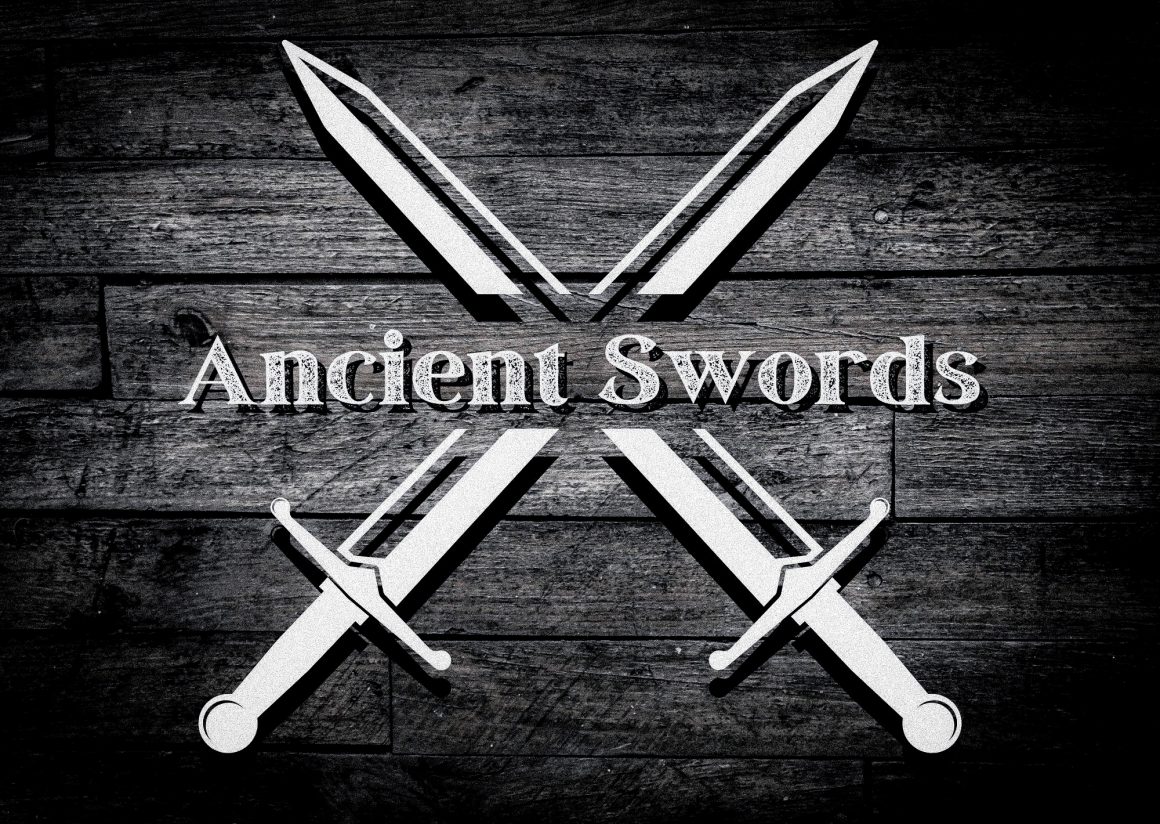
The sword in the river: Magnet fisher finds Viking weapon in UK
By Ansharah Shakil, April 5 2024—
Is it myth or truth to find a real, ancient sword pulled from a river? The recent Viking sword discovered in Oxfordshire’s River Cherwell by a magnet fisher would suggest it’s the latter. Archaeologists have now confirmed that the sword is an 1100-year-old Viking weapon after the sword was first discovered by magnet fisher Trevor Penny.
The expert confirmation came in March, but the sword was found last November. Magnet fishing is, as it sounds on the tin, the practice of throwing a magnet attached to a rope into the water. Penny has found other tools and items through this hobby before finding the sword and handing it over to Oxfordshire Museum Services. Originally assuming the piece of metal to be scaffolding until his friend said it looked like a sword, he attempted to identify its origin through Google Images, coming up with results of Viking swords. Months later, this hypothesis was found true.
The weapon dates back to around A.D.850 and 975 when the originally-pagan Vikings arrived in the British Isles to raid, plunder, conquer and trade with the Saxons. The Battle of Stamford Bridge in 1066 led to the defeat of the king of Norway by the Saxons and therefore the end of the Viking Age, but Viking descendants in the current British population and countless archaeologist discoveries of Viking treasure and objects illustrate their impact.
According to researchers, it’s possible that some Viking swords were thrown into rivers intentionally as part of rituals for protection or luck. This discovery will allow for more exploration into practices such as these, and comes on the heels of past archaeologist sword finds like last June’s pristine and well-preserved Bronze Age sword in southern Germany and the medieval sword found this January in Poland. The first shares its good physical condition with the recent Viking sword, an interesting and rare quality in archaeologist finds — this could pave the way for more study of ancient swords. The second is also thought by some experts to have possibly belonged to Vikings, with more research currently occurring to study its origins. Examination under an X-ray scanner revealed an inscription on the sword found in Poland. Examination of Oxfordshire’s sword led to the conclusion that it once belonged to a Viking warrior.
All three swords tell a different and fascinating history, but the discovery is only part of the process. Waiting for experts to verify the history is part of confirming what the findings really mean, and ensuring that the public is aware of them. Knowing the closest date of an object is what signifies its point in time in history, and recording rare and unusual finds ensures that they aren’t forgotten or lost again.
In the case of this Viking sword, Penny contacted local official Edward Caswell and together with the Canal & River Trust, the charity that owns the land the sword was found on, agreed to give ownership rights to the museum. The charity has in fact banned magnet fishing on the grounds that it is dangerous, but due to the exciting nature of this find let Penny off the hook. Penny, however, intends to continue magnet fishing, and it’s a mystery what he, other magnet fishers or more archaeologists will find in the future.
